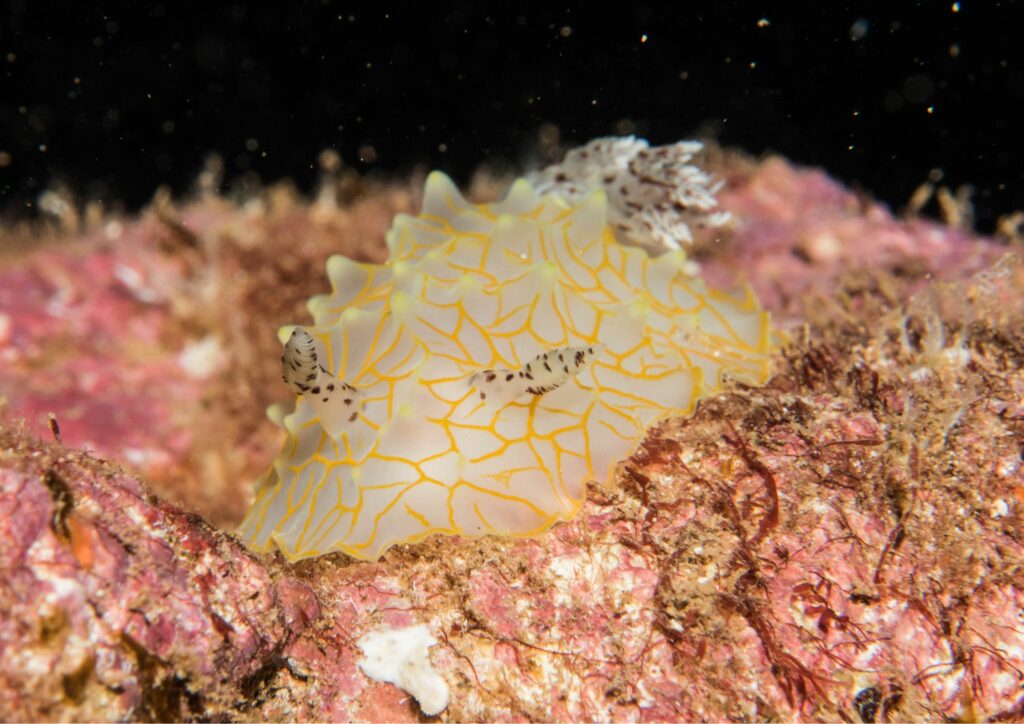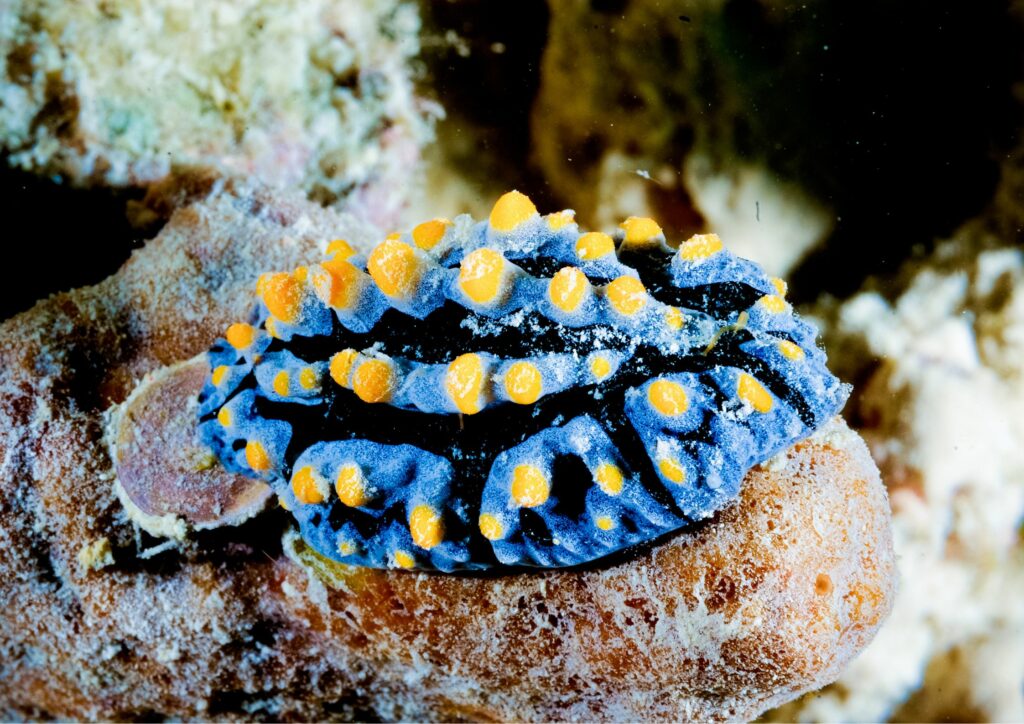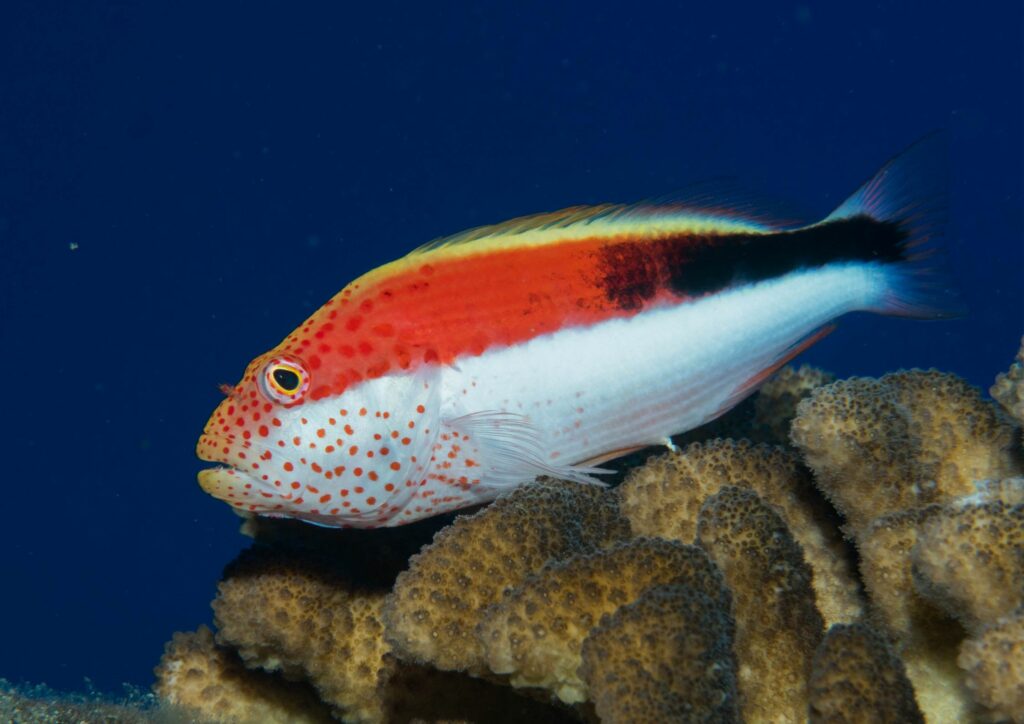Plunge into the world of Muck Diving Photography, where the underwater macro world unveils its miniature wonders and grandeur. Unlike regular diving, muck diving introduces you to a unique ecosystem thriving right under our noses. This blog unveils seven pro-tips to master your underwater macro photography and capture critters in their most captivating forms. Let’s dive in!
Understanding Muck Diving Photography

Muck diving photography is an invigorating subfield of underwater photography that exhibits the breathtaking beauty of murky, silt-strewn bottom waters. Rich in macro subjects, these photographic terrains are composed primarily of volcanic sediments, which serve as the substrate. It is an unusual environment, teeming with fascinating creatures that have adapted well to their surroundings, making them more intriguing. To engage in muck diving photography, the mastery of several fine-tuned photography techniques is necessary. The primary allure of this niche photography realm is the opportunity to document exotic marine life forms not typically found in clear-water marine habitats. Essentially, it’s akin to finding beauty amidst darkness, emphasizing that every corner of our world has unique, albeit less noticeable, attractions.
Perfecting Your Underwater Macro Photography
Underwater macro photography is an art in itself. It entails bringing out the intricate details of tiny critters of the ocean floor, a task that greatly challenges an individual’s photographic skills. To add depth to your underwater macro shots, focus on the critter’s eyes as it brings life to your subject, humanising them in a way, by providing a point of connection. Buoyancy control is central to a successful shooting scenario; avoid unnecessary movements that might scare off delicate marine creatures. Calculated composition is vital for underwater macro shots, an aspect that commands patience and vision.
Always prioritize precise focusing, ensuring that every detail of the marine critter stands out remarkably. Learn to craft with the depth of field, let the vast ocean be your canvas and play around with your shot settings. Lighting conditions underwater are tricky, so work on manipulating your source of light to further enhance your subject’s features.

5 Essential Muck Diving Photography Techniques
To elevate your muck diving photography skills, here are some techniques worth investing time in. Firstly, mastering your camera, inside and out, is vital. Treat it as an extension of your hand, learning each function it can perform to adapt quickly during dives. Secondly, nail the exposure. It’s the crux of the picture; it brings life to your shot and maintains balance throughout your photo.
Next, learn to apply the rule of thirds, a powerful principle that can enliven even the plainest of photos. Fourthly, play with depth of field. This is your key to creating a breathtaking macro photo that eloquently juxtaposes the blurry background against the crisp subject. Last but not least, equip yourself with different lenses. Investing in more specialised lenses, like a super macro lens, allows for more variety in your shots, capturing critters in ways otherwise impossible.
Diving Photography Tips

Muck diving and photography in such environments demand patience, expertise and respect for marine life. Like all underwater adventure sports, safety is paramount. Before getting into muck diving, a solid foundation of scuba diving skills is crucial. Exercise utmost patience when shooting; it’s essential not to chase your subject but wait till you’re stable to take your shot.
Protect the marine ecosystem whenever you dive; ensure that you don’t disturb the habitat unintentionally, causing harm to its inhabitants. Lastly, it is crucial to remember that muck diving can still offer a spectrum of vibrant colors, not just shades of grey or brown. The magic of post-processing can help enhance the colors and details in your photos, allowing each shot to unlock its full potential and charm your audience.
Diving Into The Deep – The Grand Conclusion
Muck Diving Photography is a thrilling yet challenging addition to the world of underwater photography. It’s a gateway to explore and bring a glimpse of the micro-marine world to the surface. Remember that mastering muck diving snapshots is a journey, not a destination. It requires perseverance, patience, and passion. So put on your diving gear, pick up your camera, and dive into the deep, miraculous world of muck. Ready to take your underwater macro photography to the next level?

I must say, I’m absolutely fascinated by the world of muck diving photography. The tips and techniques shared in this blog post are incredibly useful for anyone looking to capture the beauty of tiny marine creatures.
Dear Fatima, thank you for sharing your enthusiasm about muck diving photography! We’re thrilled to hear that our blog post was helpful in providing useful tips and techniques. At Gill Divers, we believe that the world of underwater macro photography is indeed a fascinating one, and we’re always excited to share knowledge with like-minded individuals. If you have any further questions or would like more insights into muck diving, please don’t hesitate to reach out. We’d be happy to help! Contact us at Tel: +65 6734 9373 or Email: [email protected]. Looking forward to hearing from you again!
I’ve always been interested in underwater photography, but I never knew about muck diving. Thanks for sharing this information! The tips on mastering camera functions and composition are really helpful.
Hi Kavin Raj, thanks for sharing your interest in underwater photography! Muck diving is indeed an exciting aspect of the world of underwater photography. We’re glad you found our tips on mastering camera functions and composition helpful. At Gill Divers, we strive to provide informative content that helps divers like yourself improve their skills. If you have any more questions or would like to learn more about muck diving, feel free to contact us at Tel: +65 6734 9373 or Email: [email protected]. We’d be happy to help!
What a great post! I love the idea of capturing the intricate details of tiny marine creatures. The suggestion to prioritize precise focusing is especially useful for me, as I’m still learning about photography.
Hi Nur Aisyah, thank you for taking the time to share your thoughts about our muck diving photography blog post! We’re thrilled to hear that you found the suggestion on prioritizing precise focusing helpful. As a beginner in underwater macro photography, it’s essential to master this skill to capture those incredible details of marine creatures. Remember to also experiment with different shot settings and lighting conditions to enhance your subject’s features. If you have any more questions or need further guidance, don’t hesitate to reach out to us at Tel: +65 6734 9373 or Email: [email protected]. We’re always here to help.